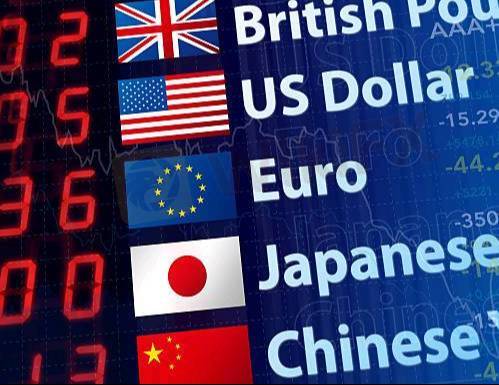
2025-01-31 20:00
IndustriaBig Data in Forex Trading
Big Data in Forex trading refers to the use of large volumes of market data, economic indicators, news, social sentiment, and other relevant information to make more informed trading decisions. By analyzing vast datasets, traders can uncover patterns, trends, and correlations that would be difficult to identify manually.
Key aspects of Big Data in Forex trading include:
1. Real-Time Data: Access to real-time price data, news feeds, and economic releases to make timely trading decisions.
2. Sentiment Analysis: Analyzing social media, news, and financial reports to gauge market sentiment and predict potential market movements.
3. Machine Learning: Leveraging algorithms and AI to analyze historical data and predict future price movements, optimizing trading strategies.
4. Data-Driven Decision Making: Using large datasets to refine trading strategies, improve risk management, and identify high-probability opportunities.
5. Backtesting: Running simulations on historical data to test trading strategies and optimize parameters before applying them in live markets.
In Forex enhances decision-making, reduces human error, and allows for more precise, data-driven trading strategies. However, it requires significant computational resources and expertise to manage and interpret effectively.
#firstdealofthenewyearFateema
Me gusta 0

FX1289820445
Trader
Contenido delicado
Industria
Trabajo de WikiFX
Industria
Trabajo a tiempo parcial
Industria
gana sin invertir solo por usar una app
Industria
Evento de subsidio en México
Industria
gana 100 dólares con un minimo de inversión de 4 dólares
Industria
Evento de subsidio de Colombia
Categoría del foro

Plataforma

Exposición

Agente

Contratación

EA

Industria

Mercado

Índice
Big Data in Forex Trading
 Nigeria | 2025-01-31 20:00
Nigeria | 2025-01-31 20:00Big Data in Forex trading refers to the use of large volumes of market data, economic indicators, news, social sentiment, and other relevant information to make more informed trading decisions. By analyzing vast datasets, traders can uncover patterns, trends, and correlations that would be difficult to identify manually.
Key aspects of Big Data in Forex trading include:
1. Real-Time Data: Access to real-time price data, news feeds, and economic releases to make timely trading decisions.
2. Sentiment Analysis: Analyzing social media, news, and financial reports to gauge market sentiment and predict potential market movements.
3. Machine Learning: Leveraging algorithms and AI to analyze historical data and predict future price movements, optimizing trading strategies.
4. Data-Driven Decision Making: Using large datasets to refine trading strategies, improve risk management, and identify high-probability opportunities.
5. Backtesting: Running simulations on historical data to test trading strategies and optimize parameters before applying them in live markets.
In Forex enhances decision-making, reduces human error, and allows for more precise, data-driven trading strategies. However, it requires significant computational resources and expertise to manage and interpret effectively.
#firstdealofthenewyearFateema
Me gusta 0
Yo también quiero comentar.
Enviar
0Comentarios

No hay comentarios todavía. Haz el primero.

Enviar
No hay comentarios todavía. Haz el primero.